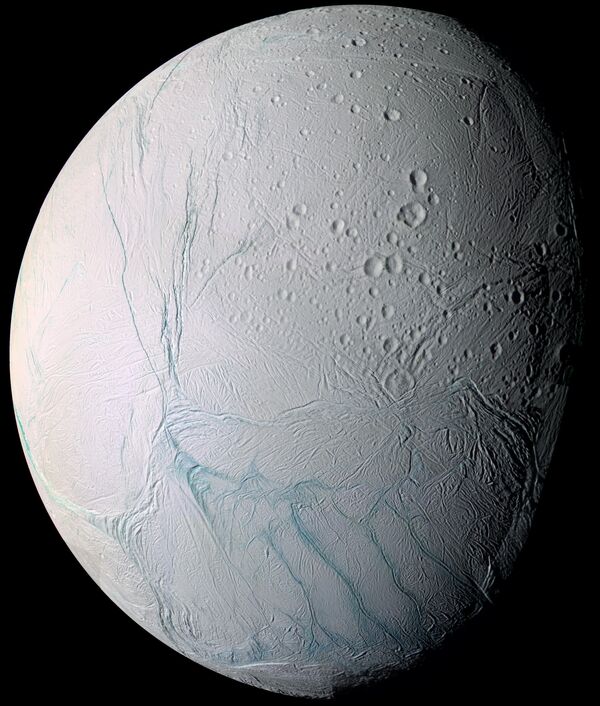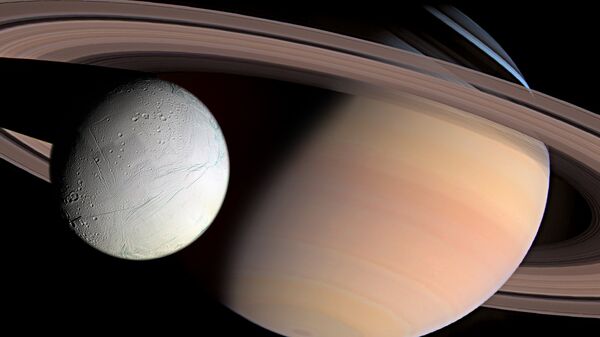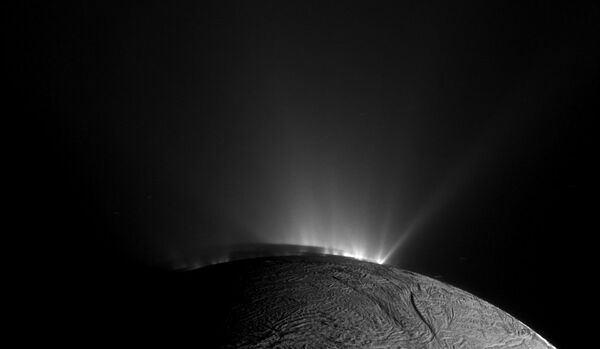Scientists using instruments on board NASA’s Cassini spacecraft believe they’ve detected warm underwater hydrothermal vents under the icy surface of Saturn’s tiny moon Enceladus. These vents, they say, are similar to those that aided in the development of life on Earth, Business Insider reports.
Research teams measured the size of particles known as silicates in Saturn's second outermost ring, which is made of materials from plumes off of Enceladus. They were then able to determine what is beneath the tiny body’s surface based on these silicates.

While obviously very different than Earth, Enceladus (with its 300-mile diameter) does resemble what Business Insider calls an “adolescent Earth,” 3.5 or 4 billion years ago. At that time, Earth was covered with a single ocean, too acidic to actually host life – except in places where underwater hydrothermal vents warmed the water and balanced its acidity.
Because of the hydrothermal vents that are now believed to exist under the oceans of Enceladus, researchers are suggesting the possibility that conditions there may be ripe for life as well.
Materials discerned in Saturn’s silicates are particular to very specific conditions – which happen to be similar to the Lost City, which some scientists consider the cradle of life on Earth.

Linda Spilker, a project scientist at NASA’s Jet Propulsion Laboratory, told Business Insider that Enceladus is now considered one of the most likely places for alien life to exist.
"You have energy, nutrients, and liquid water which create a potential habit that could support life," Spilker said.
The vents are thought to be powered by tidal energy generated by Saturn's powerful gravitational tug on the tiny moon.
Cassini is scheduled to make three more visits to Enceladus this year.





